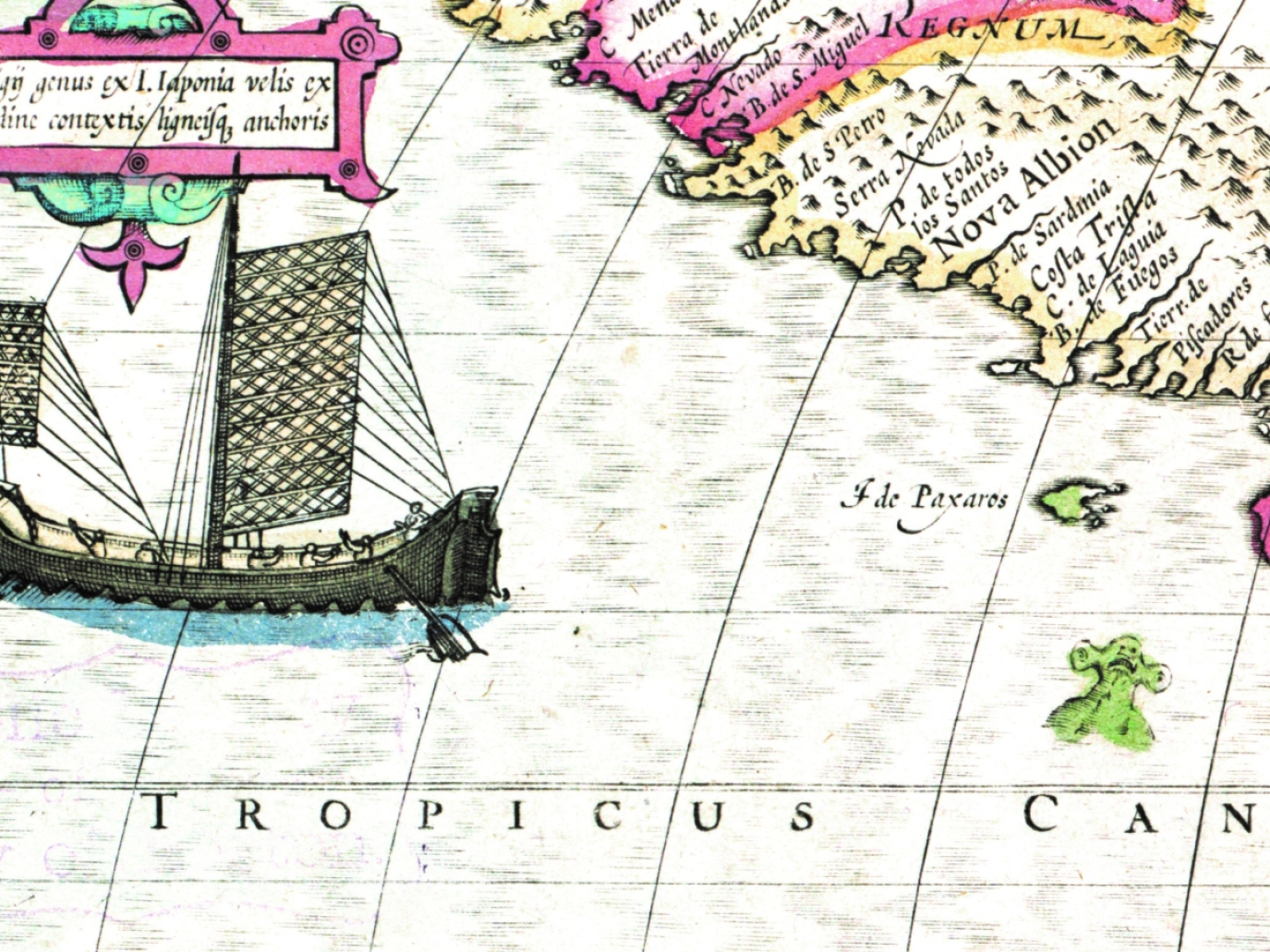On the island of Inhaca, Mozambique, lies one of the most extraordinary observatories of ocean life I have visited as a journalist. Since 1951, the Estação de Biologia Marinha Eduardo Modlane has been collecting and classifying marine species – mollusks, fish, mammals, algae – while keeping an eye on those at risk of extinction. The factors impacting marine biodiversity in these waters are many: gas extractions, contamination by microplastics from India, illegal fishing in protected areas, overconsumption of mangrove timber (essential for the reproduction of many species), and overfishing by large commercial fishing vessels. Yet, the sea is a source of low-emission protein (whether plant or animal), provides ecosystem services to counter climate change (the ocean is our great global thermostat), and is an economic generator through tourism and trade. And finally, like all natural places, it offers solace to the mind and body.
Unknown Sea
While visiting the island, I was surprised to learn how even a small marine station keeps discovering new species that have been never classified before. Then again, we know less about ocean geography than we do about the lunar surface. The fascination with the underwater world is relatively new, coming even after the fascination with the chthonic world: just think that Athanasius Kircher's incredible Mundus subterraneus came out in 1665.
Until the 17th century, frightening sea monsters still appeared on cartographic maps, symbolizing the mystery that shrouded knowledge below the ocean's surface. By the mid-nineteenth century, with the mapping of land periphyles completed, the seas, dominated on the surface by colonial powers, began to attract the interest of explorers. An interest cemented in 1869 with the publication of 20,000 Leagues Under the Sea, written by the imaginative Jules Verne. Since then, the underwater world has interested explorers such as oceanographer Jacques Cousteau, who first unveiled many of the secrets of the deep; film director James Cameron, who reached 10,989 meters below sea level with his Deepsea Challenger; or military engineer Gustav Berling, who built in the Krupp shipyards in Kiel, Germany, the first Unterseeboote, progenitor of the famous U-boot to dominate even the ocean depths.
Yet, despite the efforts of many, the seabed in the open sea, beyond 50 meters deep, remained unexplored for much of the twentieth century. Too difficult to reach, too eerie and mysterious. It was not even worth thinking of exploiting them economically, since abundance still reigned on land.
Ocean protection starts with knowledge
Even today, the ocean remains largely unexplored. We know only a small portion of abyssal species, we are ignorant of what really lies beneath the seafloor (although the appetite for raw materials is pushing the accelerator on deep sea mining and ultra-deep oil and gas extraction), we are oblivious to molecules and organisms that could revolutionize science, hidden in the mouths of abyssal volcanoes or under Antarctic ice.
Most importantly, we do not fully grasp the fundamental role that the ocean plays in climate challenges and biodiversity protection. Without healthy seas, there can be no thriving human civilization. And ocean protection starts with knowledge, the many scientists interviewed for this issue of Renewable Matter remind us: Diva Amon, Peter Haugan, Roberto Danovaro, and Francesca Santoro. We, therefore, wanted to devote an entire monograph in the magazine to the relationship between the marine world, our society, and the ocean economy, better known as the blue economy.
For us on the editorial staff and the journalists who worked on this issue, it was a continuous discovery: from the role of algae to sustainable fisheries, from the exploitation of underwater matter to the microplastics catastrophe, from innovations in transportation to the circular economy of marine products. Don't wait any longer: dive into this read!
Image: Jodocus Hondius, 1609-1633, Amsterdam (Boston Public Library, Norman B. Leventhal Map Center Collection. Digital Commonweath, Massachusetts Collection Online, public domain image).
Download and read issue #45 of Renewable Matter on the ocean an the blue economy.



